Lars Graugaard Interview
Infinite evolution
Throughout history we always tend to remember those polymathic scholars who have managed to expand their ingenuity into diverse artistic manifestations but, we can also coin the term polymath to someone who within the same discipline dominates a high number of genres and styles.
The Danish musician and composer Lars Graugaard (1957) is a paradigm of polymathy in the art of music. His training covers years and years of research, studies, theses, and investigations in many fields. His musical interests are as extensive as human evolution; from cultured music to sacred music, romanticism, bel canto, classicism, contemporary music, jazz or electronic music.
You are a musician, composer, researcher, teacher, director, speaker or even have managed any event or festival. Furthermore, you travel around illustrious stages and universities in many countries and on several continents. How do you live your life with so many projects?
If we are to speak of a polymath exclusively in music, then I guess I would qualify, also because my research and coding activities all have dealt with novel ways of making music: It feeds and inspires me as a musician/composer/producer. I realize that I am a bit of an anomaly, but truth is that I do not think much about it. It has just been a completely natural path for me to follow, involving myself in different areas according to my artistic interests. And in the end, it has been really very logical, and even necessary.
On a daily basis I move comfortably between the different genres as they are all very close to me, taking care to manage my time so I may meet my obligations. However, life has taught me that people don’t always understand what is going on, when you are working with a symphony orchestra in the daytime, and play at a club at night-time. I am therefore very concerned about not pretending to hold some extra, privileged knowledge from my parallel trajectories, but always stay very focused on the nature of the musical encounter at hand, being it a concert, a rehearsal, a lecture, a gig. Which again is easy, because I am where I am exactly because this is where I can do what I want to do — for the artistic dimension and for the human aspect, and nothing else. I am certainly fascinated by the academic side of music, but this is because it is a deep and surprising source for creative ideas and practical, novel solutions in a music that claims to be of today. So, any osmosis happening between my fields is always in complete awareness and mindful of the situation at hand.
You have had very diverse stages in which you have worked as a professor in various universities, or as a composer creating classical genres such as operas, symphonies, ensembles or works for chamber orchestras. Do you continue to carry out these activities and, how have they evolved over the years?
I stopped working at universities and conservatories in the mid 00es, as I found that it just took up to much of my energies. But I was happy to do it while it lasted, and it has been a very important phase, both for the contact with students, as well as for the work-flow it requires for research, project development and communication. It has allowed me to grasp musically important concepts that aren’t within the typical conservatory curriculum, and then make those multi-disciplinary connections that in turn would benefit my creative work — cognitive musicology and computational musicology probably being the most important scientific areas. I still do the occasional lecture and workshop, but it is nothing that I pursue.
My term as Visiting Faculty Artist at NYU has been the perfect move away from academia for me. It meant that I was still able to be in contact with the exceptional people you find at universities, and put what I discovered into the artistic dimension in collaborations and productions with NUY affiliated soloists, ensembles and orchestras, both in jazz and classical music tradition. In fact, my most recent project derives from there, as I am developing code and music for the so-called 3D Sound Object. It is a point source six-speaker cluster that pro-actively uses the acoustic space as the final step in sound diffusion, rather than aiming to offset the space, as you typically do with traditional sound systems.
I am still active in score composition, but overall my work nowadays falls into the three broad categories of score music, nu-jazz (or acid jazz), and live techno. Stylistically very different, these three activities run in parallel, so at this moment I am resident composer with the Icelandic Caput Ensemble where I do score music, I develop duo work with improvisers, and I am connecting to the new and very vibrant techno scenes in Denmark and Chile.
But regarding the score music that you mentioned, then I have gradually taken into account that music is in fact best seen as an eco-system where the player, the composer/producer and the audience are elements that go into creating a significant experience, together with place and time of the event. This may seem obvious, but the author-as-genius notion creates this rather unfortunate tendency to look at the score, the track or the album (and in consequence at the artist/author) as the essence and purveyor, when in fact music is a reaching out an touching everyone’s individual, innate and groomed musicality. So I tend to have my focus on the music as a sonic experience in a situation, and then let the elements and organisation of the musical work be the servant of this reality. It is also this same musicality that makes us regularly seek music and meet it at venues or find it in its various distributed formats. Our love and need for music, being it as listener, player, performer or producer.
‘Intuitive Constructivism» is a composition technique you have created. It is admirable that a composer can go so deep into his work and create a methodology of his own. What exactly is Intuitive Constructivism and in what fields do you usually use it?
Musical notation was invented around 3-5.000 years ago along with the first writing systems, but music has been in existence for hundreds of thousands years. So, improvised music that requires the use of intuition has been around for a very, very long time. But intuition plays an important part in the composition of notated music, because we constantly use it for making choices — smaller or bigger ones — even in modernistic and serial techniques that can be quasi-automatic. Inversely, in improvisation you seek out those firm structures that best sustain what you are doing — sections, contrasts, transitions, excitement, tranquility: You hold on to what is required for this or that contrast to be clear, or a transition that carefully prepares for the next moment, and so forth. So, and in spite of the normal belief, there is a lot in common between notation and improvisation, and it is certainly not true that one belongs exclusively to distributed time, and the other only happens in present time. Similarly, you might say that composing a score allows you to endlessly revisit what you are doing, making constant changes and perfecting the result. But improvising performers build up a language of preferred procedures in the rehearsal studio, which then constitutes their ‘sound’, and this means that a lot of decisions and skill-development has been going on, prior to the apparently fully improvised musical event.
However, there is actually another distinction between score and improvisation to make. Because as you compose, there is actually no real way of knowing when a score composition is completed and fully terminated (unless you have the hand-in deadline which by definition will deem the music as finished). Whereas, and on the other hand, in realtime impro there is no possibility for a ‘second thought’, which is beautiful but also quite demanding and a bit unnerving.
You may decide that you prefer to move exclusively within one or the other of these two approaches for musical creation, but for me, I wanted to find ways to combine the two. The only real, practical difference as I see it, is that you will either sit behind a desk writing your score, or you will be on stage for some real-time music-making. In my case I think that it probably reflects on the fact that I am a trained musician, but one with a love for musical creation: I know that I can create the music that I want in both situations, I understand the circumstances and I have the tools, knowledge an experience to do both. So I do it.
As we have seen your musical interests encompass almost any artistic expression, how do you take the step to venture into composing jazz and fusion or electronic pieces?
This is a case of the circumstances: I am commissioned a piece of music, so I set about to compose for the deadline I was given; or I have concerts to play, and so I need to revise the material I plan to use as the base. The interesting thing with creating is that when you do it a lot, you enter into a constant dialogue with your musical vision. One work sits on the shoulders of the next, in a constant forward motion that outputs musical works, and this means that a track or composition is not perceived so much as a finished work, but more as an instance of this ongoing conversation, where one piece immediately suggest the next. Like an endless ‘what if…’.
You are a great defender of improvisation, a technique that you defended as a jazz musician. Do you also apply this system when you create live from your computer?
My live sets need the improvisatory element for them to happen. In practical terms, I have fixed local and global presets that define the parameters for the processes that are happening in the music, and I then go about making smaller or bigger changes, according to how I sense a moment’s musical demands and possible directions. You then constantly look for the perfect balance, and this will gift you some very beautiful moments, just as it makes for some interesting and promising transitions. There are also moments of danger but the risk is worth it, because it allows me to work the musical dynamics in a way that is unique and impossible to reproduce exactly.
Your methodology to elaborate textures is based on the creation with random patterns in real time, as it sounds it seems that the pieces are built at random, but behind all this there is a previous work, how is all this path? from its initial approach to the final result.
Guided or constrained randomnes is a great way to mimic human musicality in a machine, and it is not impossible that this, obviously in an infinitely more sophisticated way, in fact may pretty much suggest how our nervous and cognitive system works. In any case, you may say that I have allocated a part of my musicality into the computer through the code that I wrote, and in a performance I harvest this back out and proceed to shape and constantly direct the output, which in turn is based on my perception of audience, physical space and time.
When preparing, I always work from a specific starting-point, often some challenge or imperfection I encountered in a recent performance. This can be a better use of some music element like an effect, or an addition to a music instrument as a sound source, but it can also be a particular micro-structure such as a layered rhythm pattern or certain global sound. I usually set up a couple of variations on the music, as it will provide me with some optional ‘stations’ of a track (for that is what it really is), when I include it in a set. One such track, together with the improvisations I do, can last anywhere from 10 to 40 minutes, as this depends entirely on the moment. At times I end up going very far from the starting-point and quite often I find myself doing things that I have never done quite like that before. For this I need sufficient flexibility from my tools, so I also spend quite a lot of time developing the interface, some aspect of a sound’s organisation, or the range of options for a particular sound source.
On records such as Fact Machine you show a great rapport with Jean-Michel Pilc, do you compose these works by interacting directly with the musician?
These are moderately edited improvisations, just as all other works that I do that involve electronics. Usually there is nothing decided beforehand between me and the player — no tempo, no key. We start invoking sound, and I then slip into what I feel provides the best way forward. It is a kind of accompaniment I try to create for the player, one that will make him shine the most. The subsequent edit phase is merely to bring the duration down or focus on a particular section, since the listening pattern for a concert and in playback are different. But as I render directly to two tracks, there is not much that can be done in terms of making any significant, musical changes. It just has to work really well, right away. So, the tracks with Jean-Michel came out pretty much as you hear them, mix and mastering was then done at NYU’s Dolan Studio.
The session was one of several I did at Dolan in a period around 2012, when I first set about to develop the duo format and collaborated with ao. Keisuke Matsuno, Hans Tammen, Drew Gress, Dave Schroeder and Brad Shepik. Several of these encounters resulted in albums, and the differences you notice is testimony to the individuality of the players. Since then I have continued to play in very many duo settings, with a great variety of performers — e-guitar, double-bass, drums, Chapman stick, vibraphone, sax, flute, clarinet, piano, electronics, voice… Lately, I have begun doing this in band or ensemble settings as well.
What software do you use?
I have always used Max from Cycling74. It is not the best software for large, time-critical systems, so I spend too much time figuring out how I may keep things tight and glitch-free. But it is the best software for a digital luthier such as me, who is not a purebred computer coder but still wants to participate in the music at a lower level and isn’t satisfied with mostly executing it.
How do you define your music?
As music: feet firmly on the ground and the head firmly in the skies; as style: live techno.
You are one of the artists that make up the roster of Pueblo Nuevo. How did you get to be part of this platform and what activities have you carried out in addition to publishing music on this label?
I was introduced to PuebloNuevo by Cristóbal Saveedra aka. Equipo, and its Creative Commons policy was the perfect format for me at the time, as an informal way for trying out what was in reality something quite new to me. Later, I have worked with other chilean labels (Orion, Panal) as well as labels from England (ChordPunch) and Germany (Mindwaves), plus the label clang, which I formed back in 2012.
Most professional conservatory musicians do not tend to see electronic music as an advanced culture. Do you think that the inclusion of electroacoustic music in schools is changing this concept in more traditional musicians?
I think that electro-acoustic, or acousmatic music is fairly well accepted in academia with composers such as Stockhausen, Varese, Xenakis, Nono and Davidovsky etc., even though it is somewhat of a specialty. But electronic music doesn’t really exist anywhere in academia and is a bit frowned upon, that’s true. Maybe it’s its underground pedigree that has to do with it, which in that case probably is perfectly fine. Academia, tending to be high-end and high-brow is a whole different ball-game, and I am not really sure that its influence on electronica would be beneficial.
Is there a field or genre of music that you have not yet explored and would like to investigate?
Not really, because in that case I would just have gone ahead and do it. Today, I basically just keep developing what I am doing, and putting out some worthwhile music in the process.

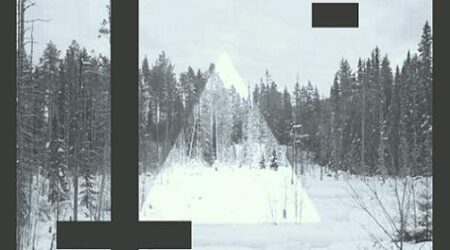
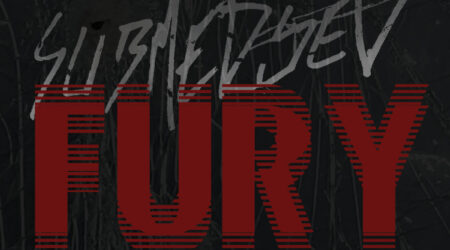
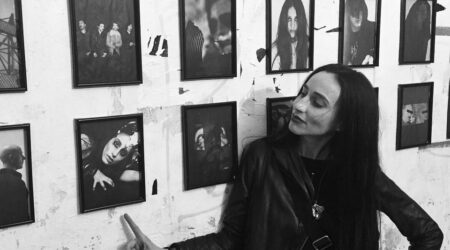
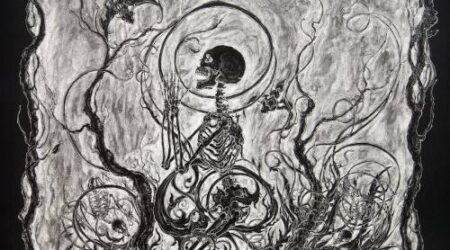
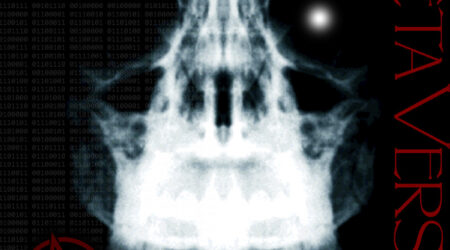

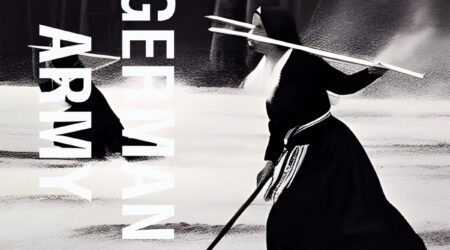
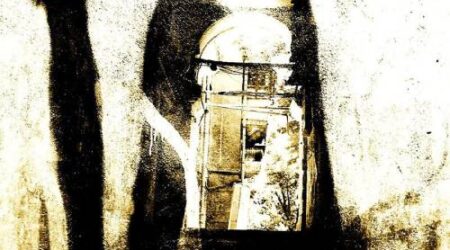
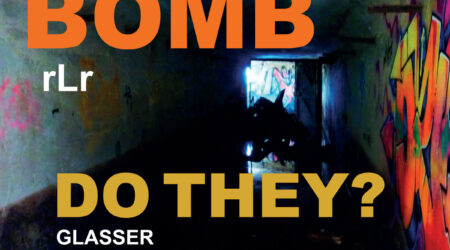
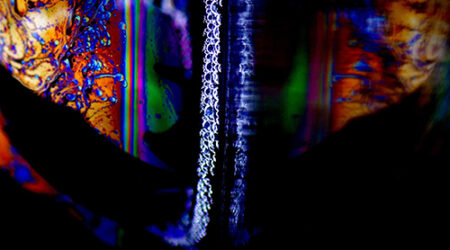
Deja una respuesta
Lo siento, debes estar conectado para publicar un comentario.